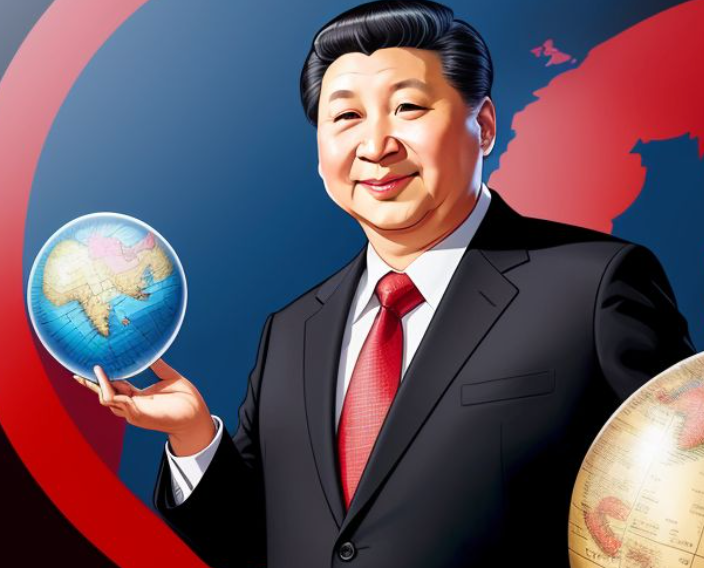#SouthKorea #Exports #ChinaCompetition #TradeWar #Overproduction #Tariffs #GlobalEconomy #Manufacturing
South Korean exporters are increasingly finding themselves embroiled in stiff competition with Chinese manufacturers. The tension is palpable as both countries navigate the complexities of overproduction, tariffs, and weak global demand. For many South Korean businesses, competing with China has become a significant challenge, not just due to the sheer volume of goods but also because of the aggressive pricing strategies employed by their Chinese counterparts.
One of the primary issues fueling this voracious competition is overproduction. Both South Korea and China are manufacturing giants, known for their efficiency and capacity to produce goods at an impressive scale. However, this capability has its downside. Over the past few years, both nations have ramped up production to unprecedented levels, leading to a glut of commodities in the market. This surplus forces companies to adopt cutthroat pricing strategies to offload inventory, further intensifying the competitive landscape.
Tariffs have also become a formidable barrier for South Korean exporters. The global trade environment has been increasingly complicated by the imposition of tariffs, especially stemming from the U.S.-China trade war. While South Korea has not been the direct target of many of these tariffs, the ripple effects are undeniable. South Korean products find themselves competing not only with local low-cost Chinese goods but also those that have been redirected from the U.S. due to tariff repercussions. These tariffs make it difficult for South Korean goods to maintain their competitive price points in international markets.
Moreover, weak global demand plays a crucial role in amplifying these issues. The pandemic, coupled with economic uncertainties in major markets worldwide, has significantly dampened consumer spending. As a result, the demand for South Korean exports has softened, leaving businesses to grapple with excess inventory. Meanwhile, Chinese manufacturers, with their broader range of products and extensive reach, are seizing every opportunity to capture diminishing market shares. For South Korean companies, this means fighting not only to retain their existing customer base but also to secure new markets against an ever-growing tide of low-cost Chinese goods.
In summary, the battle between South Korean and Chinese manufacturers is a multifaceted one, marked by overproduction, tariff barriers, and subdued global demand. South Korean exporters must navigate this complex environment, devising new strategies to compete with their Chinese counterparts. This situation underscores the broader dynamics of global trade, where even small shifts in production, policy, or demand can lead to significant consequences for industries and economies alike.







Comments are closed.